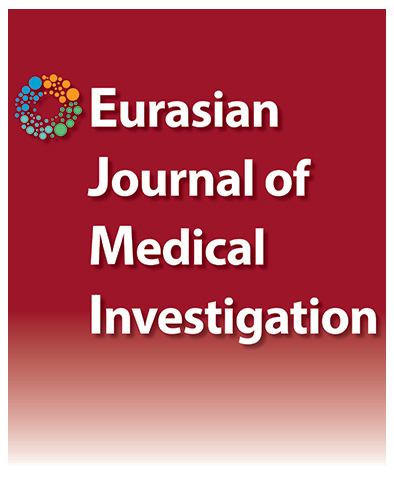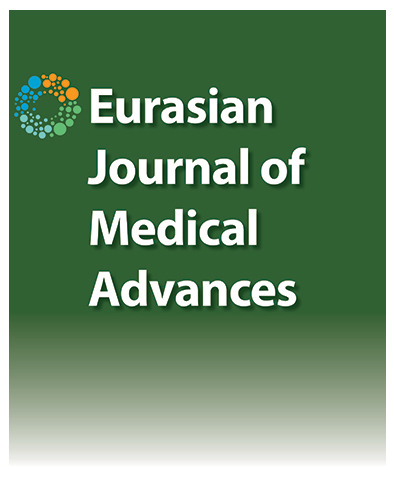Important Parameters in the Discrimination of Benign and Malign in Fine Needle Aspiration Biopsy in Solid Breast Lesions
Özlem Türelik1, Ümit Bayol21Department of Pathology, Bilecik Training and Research Hospital, Bilecik, Türkiye2Department of Pathology, Izmir Tepecik Training and Research Hospital, Izmir, Türkiye
Objectives: There are many cytologic features defined to distinguish benign-malignant solid breast lesions. This study was conducted to investigate important additional parameters in the cytological differentiation of benign and malignant solid breast lesions.
Methods: We evaluated 99 cases (45 benigni 44 malignant) registered in our laboratory. The cases are investigated in terms of various cytologic parameters.
Results: When the results were examined, it was seen that bare cell had diagnostic value in favor of benign. Bipolar cells and bare epithelial cells were not observed in most of the malignant cases. Benign giant cells were not seen in any of the malignant cases. Malignant giant cells were detected in 31.8% of malignant cases. Cytoplasmic vacuoles were observed at the level of 81.8% in malignant cases and 57.8% in benign cases and were evaluated as significant. Dis-cohesive groups were observed at a higher rate in malignant cases and were evaluated as significant. Macronucleolus was found to be significant in the differentiation of benign and malignant. Nucleocytoplasmic ratio increased in all malignant cases. While mitotic activity was not observed in any of the benign cases, it was seen in 20.5% of the malignant cases and was considered significant.
Conclusion: Besides well-known criteria, parameters such as metaplastic epithelium, benign/malignant giant cells, epithelial cells amongst the lipomatous stroma and even an artificial sign: cytoplasmic vacuolization should be considered in the cytological differential diagnosis of solid mammary masses.
Manuscript Language: English






